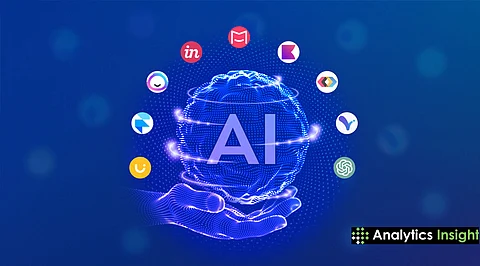

As technology continues to evolve, the intersection of artificial intelligence (AI) and user experience/user interface (UX/UI) design has become one of the most exciting areas of innovation. In 2025, AI-powered tools are not just assisting designers; they are transforming how businesses deliver personalized, engaging experiences to users. From streamlining workflows to crafting dynamic, tailored interfaces, AI is redefining how we think about digital design.
Personalization has been the cornerstone of modern UX/UI design. Nowadays, users are expecting experiences that are tailored to their preferences, behaviors, and needs. Through AI, designers can make sense of voluminous user data and create designs that adapt to real-time patterns. Machine learning algorithms and predictive analytics enable AI tools to identify patterns, foretell the needs of users, and deliver experiences that feel intuitive and relevant.
For instance, the e-commerce portal uses AI-based product recommendations based on browsing history and purchase patterns. Similarly, it is seen in using AI to suggest content recommendations on Netflix or Spotify. Such an ability is derived from AI-powered design tools of UX/UI to give a smooth, user-centric interface.
It is a powerful AI tool embedded within Adobe's design applications suite. It supports designers by automatically resizing images, color matching, and content-aware editing. Furthermore, Adobe Sensei also uses predictive analytics to guide the designer in understanding user behaviors to meet design preferences.
Figma is an online collaborative tool with AI plugins that facilitate the design workflow. With these plugins, you can create design objects, improve layout suggestions, and check for accessibility. Thanks to AI additions, designers can now focus on creativity while laborious processes can fall back on automated tasks.
The Grid relies on artificial intelligence in the web design tool that creates websites according to the content provided by the user. The AI analyzes this input and then chooses layouts, fonts, and colors best suited to the audience it's aiming for. The method democratizes design so that even non-designers can create cost-effective professional websites.
Uizard uses AI to convert sketches and wireframes into functional digital prototypes. It's a tool for rapid prototyping that will revolutionize how designers work by giving them an easy way to make fast iterations while engaging effectively with stakeholders.
Framer integrates AI with motion design to make interactive, high-fidelity prototypes. The AI functionalities predict the way users would interact and give suggestions to change for usability enhancement, thereby ensuring that prototypes are functional as well as aesthetic.
Dynamic personalization is one of the most transformative impacts of AI in UX/UI design. While static designs remain unchanged, AI-driven interfaces can be adjusted in real time according to changing user contexts.
Adaptive Interfaces: AI can modify interfaces according to user preferences, such as switching to dark mode in low-light environments or adjusting font sizes for readability.
Predictive Content Delivery: AI algorithms predict the content a user will most likely engage with, and interfaces prioritize the relevant information.
Behavioral Insights: AI provides insights based on click patterns, scrolling habits, and session durations that inform continuous design improvements.
Artificial intelligence has much promise, but it also has some challenges. Personalized services must not infringe on user's privacy and should not create dependence on algorithms. Transparency while collecting data on how this information is being used is crucial to retaining trust in the services. Therefore, it should avoid creating any biases in the embedded AI algorithms, leading to exclusionary experiences.
The advancement in AI regarding UX and UI designing will exponentially increase. Generative AI, voice-activated interfaces, and augmented reality will contribute immensely to making personalization more precise. Application and working methods will be influenced more and more by the designers' reliance on experiential rather than functional considerations.
In conclusion, AI is revolutionizing UX/UI design by enabling unprecedented personalization. By automating mundane tasks and providing deep insights into user behavior, AI empowers designers to focus on creativity and innovation. As tools become more sophisticated, the line between design and technology will blur, creating opportunities to redefine the digital experiences of tomorrow.
